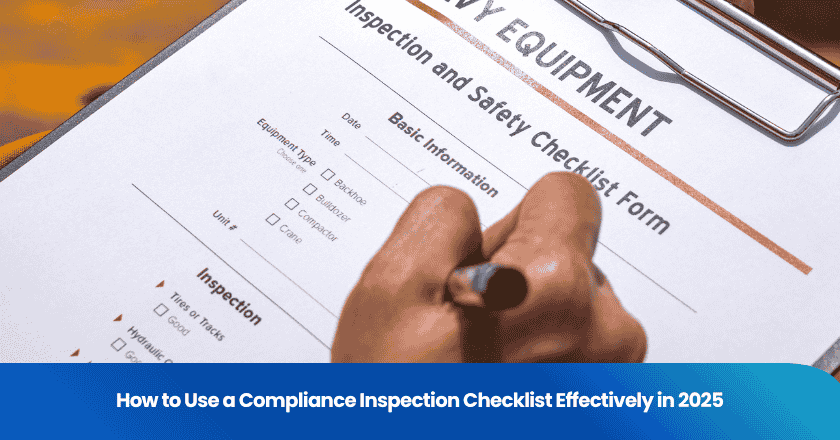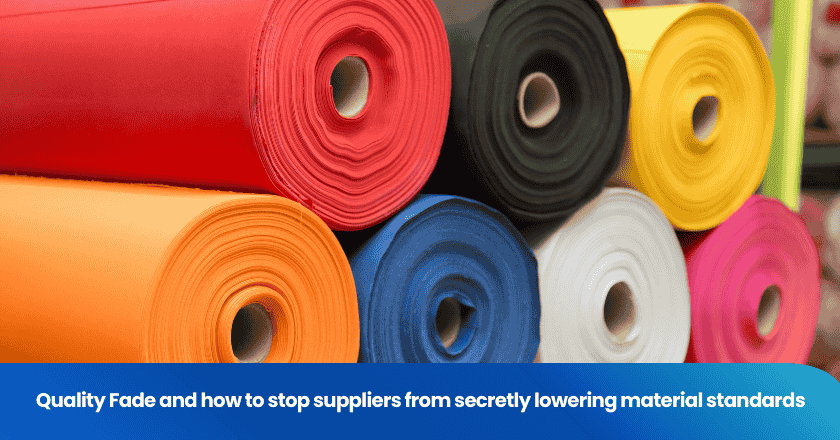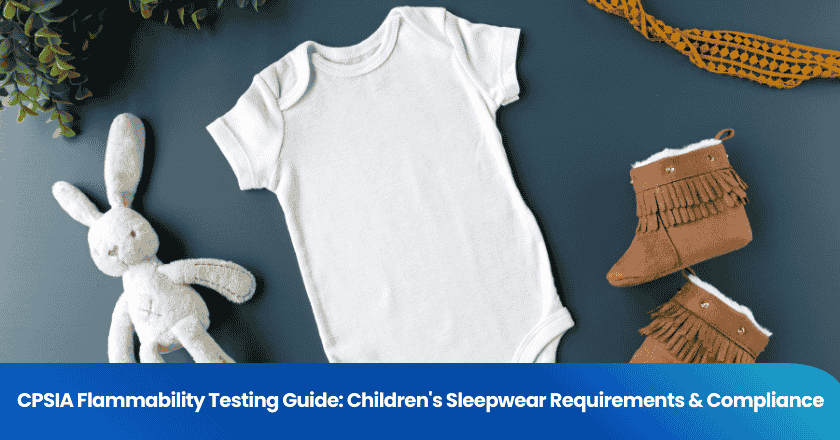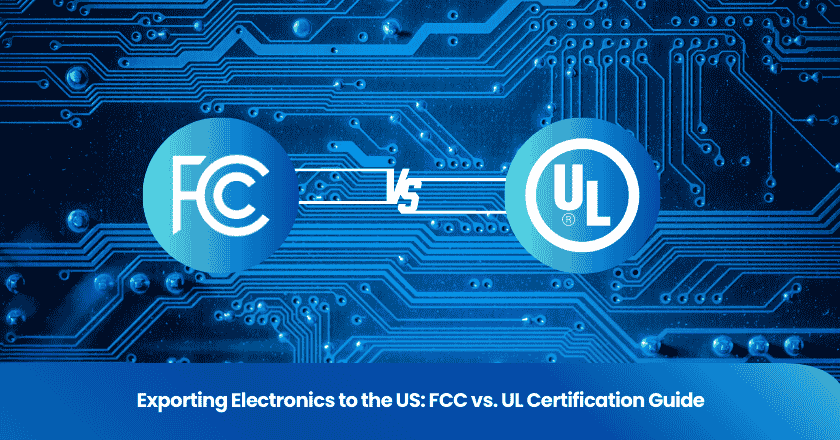
A compliance inspection checklist gives you the accuracy and consistency needed to meet regulatory standards. Using a checklist ensures you address every critical detail during inspection. Recent studies show that organizations benefit from:
- Proactive risk reduction through early identification and mitigation
- Improved operational efficiency with better resource allocation
- Enhanced collaboration among teams, making inspections smoother
In 2025, inspections increasingly focus on digital systems. You must validate electronic records, control user access, and protect data integrity to keep your compliance strong.
Compliance Inspection Essentials
Defining Inspection Purpose
You set the foundation for a successful compliance inspection by clearly defining its purpose. Each workplace inspection should target specific objectives, such as legal, financial, or safety goals. When you know what you want to achieve, you can build a compliance audit checklist that covers every critical area.
The table below outlines common objectives organizations set for inspections:
| Compliance Objective | Description |
|---|---|
| Legal | Ensures adherence to regulations governing operations, including employment practices and consumer safety. |
| Financial | Focuses on meeting financial reporting standards and tax laws for transparency and fraud prevention. |
| Data Protection | Safeguards personal and employee data according to privacy laws to prevent data breaches. |
| Health & Safety | Promotes employee well-being and creates safe work environments to reduce accidents. |
| Ethical | Establishes standards for fairness and integrity beyond legal requirements, fostering a positive culture. |
A well-defined purpose helps you select the right requirements for your compliance audit checklist and ensures you do not overlook any aspect of regulatory compliance.
Safety and Regulatory Focus
You must address both safety inspections and regulatory requirements in your compliance audit checklist. Each industry faces unique standards. For example, finance, healthcare, and automotive sectors all reference different regulatory standards during workplace inspections.
You should tailor your inspection checklist to address these industry-specific requirements. This approach ensures your workplace inspection meets all regulatory compliance needs and covers every safety inspection point.
Documentation Preparation
Before you begin a workplace inspection, you need to prepare all necessary documentation. Proper preparation supports a thorough compliance audit checklist and smooth inspection process. Make sure you:
- Understand audit standards and requirements.
- Train staff on their roles during the inspection.
- Organize and present relevant records and evidence.
- Conduct internal audits to identify gaps.
- Document policies and procedures for transparency.
By preparing in advance, you ensure your workplace inspection runs efficiently and your compliance audit checklist remains comprehensive. This preparation reduces the risk of missing key requirements during safety inspections and helps you respond quickly to any findings.
Building a Compliance Audit Checklist
Identifying Key Requirements
You need to start by identifying the most critical requirements for your compliance audit checklist. Begin by deciding who will conduct the inspection and clarify your goals. Meet with stakeholders to gather input and analyze your current processes. Rank risks based on their potential impact. This approach helps you focus on the areas that matter most for compliance and inspection success.
Tip: Establish clear audit objectives and gather all relevant documentation before starting your inspection. Communicate with stakeholders to ensure everyone understands the process.
A comprehensive compliance audit checklist should address several key areas.
Customizing for Operations
You should tailor your compliance audit checklist to fit your organization’s unique operations. Identify and prioritize operational areas that are critical to your success. Gather feedback from management and stakeholders to ensure your checklist reflects real-world needs. Adjust your checklist to address specific industry standards and operational risks. Include sections for collecting feedback and monitoring key performance indicators. Regularly review and update your checklist to keep pace with changes in your operational environment.
Organizing Checklist Items
Organize your checklist items in a logical order to improve the efficiency and thoroughness of your inspection. A well-structured compliance audit checklist ensures you do not overlook any requirements. Group similar items together and link each item to the relevant regulation or policy. This structure helps you maintain consistency and makes it easier to verify compliance during each inspection.
By following these steps, you create a compliance audit checklist that supports thorough inspections and helps your organization stay ahead of regulatory changes.
Compliance Audit Process Steps
A successful compliance audit process relies on a structured approach. You need to follow clear steps to ensure your compliance audit checklist delivers accurate results and supports regulatory compliance. This section outlines how to use your checklist during workplace inspection, from systematic review to recording findings and actions.
Systematic Checklist Review
Start your compliance inspection by conducting a systematic review of your compliance audit checklist. This step ensures you address all requirements and do not overlook any critical area during workplace inspection. Follow these steps to maximize the effectiveness of your inspection checklist:
1. Appoint a compliance officer to lead the inspection.
2. Identify your goals before starting the workplace inspection. Define what you want to achieve with the compliance audit checklist.
3. Collaborate with relevant stakeholders, such as department heads and process owners, to gather insights and align expectations.
4. Analyze existing processes to determine if they meet regulatory requirements and internal standards.
5. Rank risks based on their potential impact. Prioritize high-risk areas during the workplace inspection.
6. Implement and document any process changes resulting from the compliance audit process.
Tip: Assign clear roles and responsibilities for each step of the inspection. This approach ensures accountability and streamlines the compliance audit process.
Site and Documentation Evaluation
During the workplace inspection, you must evaluate both site conditions and documentation. This dual focus helps you verify compliance with regulatory requirements and identify gaps in your operations. Use the following methods to conduct a thorough evaluation:
| Method | Description |
|---|---|
| Evidence Gathering | Conduct and record formal interviews with key personnel to understand compliance practices. |
| On-Site Inspections | Inspect infrastructure, workspaces, and observe workflows. Shadow employees as needed. |
| Documentation Review | Review records and documents to confirm compliance with requirements. |
| Compliance Audit Checklist | Use the checklist to ensure you gather all relevant materials and evidence. |
| Evaluating Evidence | Assess the authenticity and validity of collected evidence during the workplace inspection. |
- Conduct on-site inspections to observe operational processes and verify physical security measures.
- Interview key personnel to gain insights into compliance practices and challenges.
- Review gathered records and documents to determine if your organization meets compliance requirements.
- Identify deficiencies that could lead to non-compliance, focusing on the authenticity and validity of the evidence.
Note: A comprehensive compliance audit checklist helps you maintain consistency across all workplace inspections and ensures you meet all regulatory requirements.
Recording Findings and Actions
After completing the workplace inspection, you must record your findings and document corrective actions. Accurate documentation supports accountability and continuous improvement. Use your compliance audit checklist to capture every detail and ensure nothing is missed.
Assign clear responsibilities for each corrective action. Define roles for process owners, compliance officers, and management teams to ensure accountability. Maintain records of all corrective actions to demonstrate continuous improvement and meet regulatory compliance standards. Implement monitoring systems, such as dashboards, to track overdue actions and monitor progress across the organization.
Callout: Assigning responsibilities and tracking corrective actions are essential for a successful compliance audit process. This approach ensures that every workplace inspection leads to measurable improvements and sustained compliance.
By following these steps, you create a robust compliance audit process. Your compliance audit checklist becomes a powerful tool for managing inspections, meeting regulatory requirements, and driving continuous improvement in your organization.
Maintaining Your Checklist
Regular Updates
You need to keep your compliance audit checklist up to date to ensure every workplace inspection meets current standards. Regulations change often, and your checklist must reflect these updates. Assign a compliance officer to monitor regulatory changes and subscribe to official updates. Schedule annual reviews of your inspection checklist to catch any gaps. Many organizations face challenges like evolving compliance standards and insufficient documentation. You can address these by using compliance tools to automate recordkeeping and centralize your documentation.
Regular updates to your compliance audit checklist lead to higher compliance rates and better inspection outcomes. Focused educational strategies and structured interventions can improve adherence and teamwork during workplace inspection.
Team Feedback
You should involve your team in the process of maintaining your compliance audit checklist. Team feedback helps you identify gaps and improve the effectiveness of every workplace inspection. Hold regular meetings to discuss regulatory updates and gather suggestions. Encourage a culture where employees feel comfortable sharing risks and proposing improvements. This approach ensures that compliance becomes a shared responsibility.
- Hold team meetings to discuss inspection results and regulatory changes.
- Empower employees to speak up about risks and areas for improvement.
- Foster a compliance culture that values proactive identification of issues.
A strong compliance culture ensures that your inspection checklist evolves with your organization's needs.
Readiness for Audits
You must always stay ready for external inspections and audits. Preparation involves more than just having a checklist; you need to ensure all documentation is current and accessible. Test your controls regularly and resolve any outstanding compliance issues quickly. Review your policies to align with the latest regulations. Use frequent reconciliations and monthly reviews to maintain data accuracy. Monitor open findings and address policy exceptions without delay.
Key indicators of audit readiness include:
- Audit preparation status and documentation completeness
- Up-to-date policies and regular control testing
- Prompt resolution of compliance issues
- Accurate data through ongoing reviews
- Effective risk management and timely closure of findings
By maintaining your compliance audit checklist and involving your team, you ensure every workplace inspection supports ongoing compliance and audit readiness. This proactive approach reduces risk and strengthens your organization’s inspection outcomes.
You can achieve effective compliance inspection by following a structured approach. Use a compliance audit checklist to set clear objectives, engage your team, and leverage technology for efficient inspection. Regularly update your compliance audit checklist and involve employees in every inspection. Track key metrics like issue detection rates and resolution times to measure progress. Start by reviewing your checklist, training your team, and monitoring controls to strengthen compliance in 2025.
FAQ
What is the main benefit of using a compliance inspection checklist?
A compliance inspection checklist helps you ensure consistency and thoroughness. You can systematically verify that your organization meets all regulatory requirements and avoids missing critical steps during inspections.
How often should you update your compliance checklist?
You should review and update your checklist at least once a year. Regulatory changes or internal process updates may require more frequent revisions. Assign a team member to monitor for new requirements.
Who should participate in compliance inspections?
Involve compliance officers, department heads, and key staff. Their combined expertise ensures you cover all operational areas and regulatory standards.
What should you do if you find non-compliance during an inspection?
- Document the issue.
- Assign responsibility for corrective action.
- Set a deadline for resolution.
- Track progress until completion.
Can technology improve compliance inspections?
Yes. Digital tools help you automate documentation, track corrective actions, and centralize records. You gain real-time insights and reduce manual errors, making inspections more efficient.
Grow your business with TradeAider Service
Click the button below to directly enter the TradeAider Service System. The simple steps from booking and payment to receiving reports are easy to operate.



